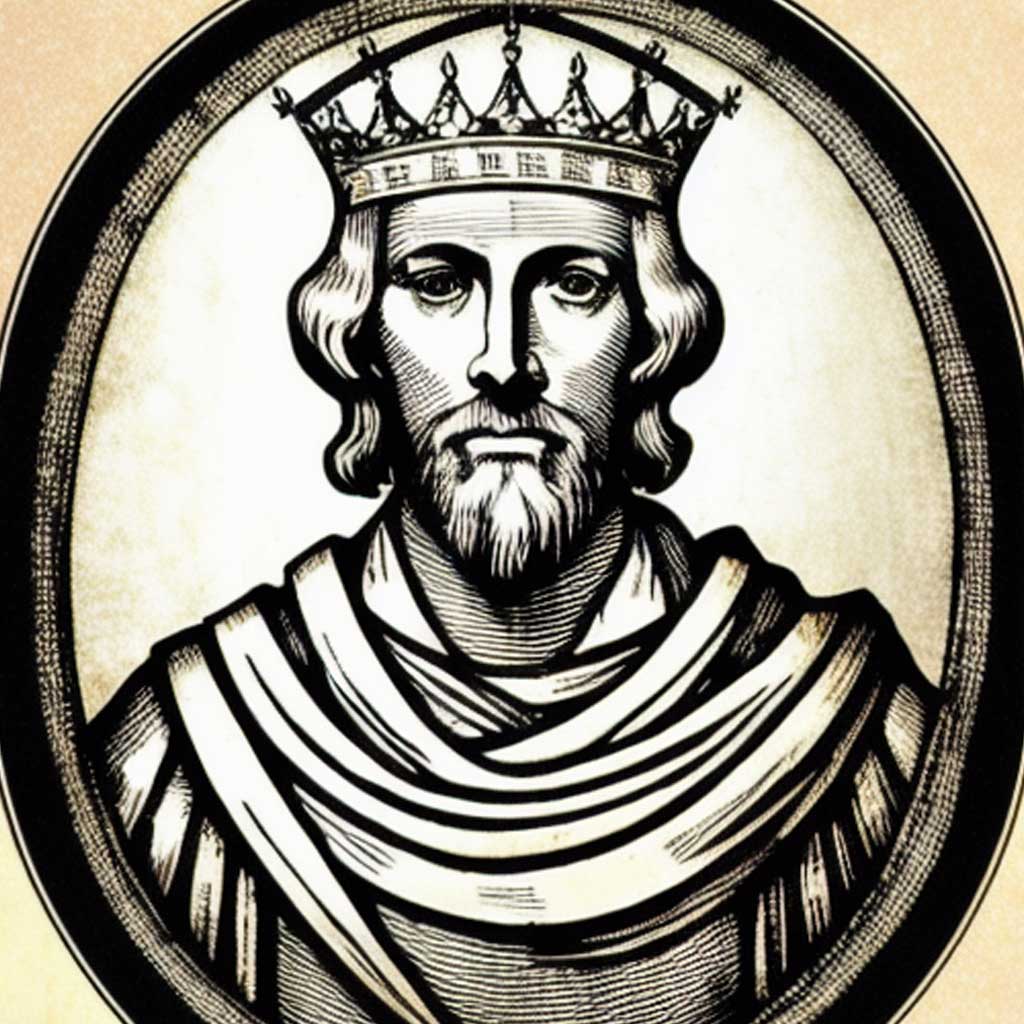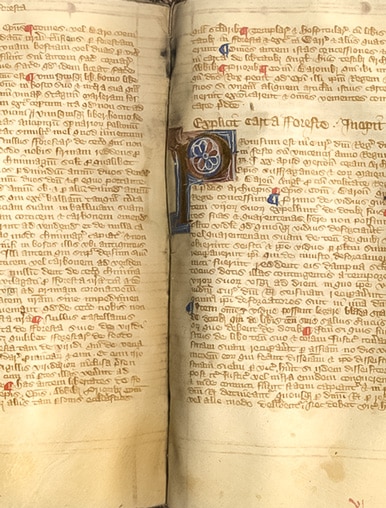REMNANT TRUST COLLECTION
William D‘Aubigny, Huntingfeld, King John, Delacis, Marshall, Jr.

“No free man shall be taken, imprisoned, disseised, outlawed, banished, or in any way destroyed, nor will we proceed or prosecute against him except by the lawful judgment of his peers and by the law of the land.”
– King John, Delacis, Marshall, Jr.
b. 1215 CE
The Magna Carta was first mentioned in Runnymede, a green meadow south of London along the Thames between Windsor Castle and the town of Staines. It was the thirteenth century, a time to which English legend traces the principle that every man’s home is a castle that even the king may not enter. The rebellious barons of the realm forced a corrupt King John to accept the Magna Carta. As for what the Magna Carta entails, many of the numerous provisions in the body of the charter are concerned with the ancient laws and privileges of the nobles. The Charter of 1215 was the starting point of the constitutional history of the English race, the first link in a long chain of constitutional instruments which have molded men’s minds and held together free governments not only in England but wherever the English race has gone and the English tongue is spoken. As the demand for reform grew, Confirmatio Cartarum fought to secure enforcement of the Magna Carta by declaring judgments given contrary to that document to be void. This method of enforcing its terms recognized Magna Carta as a “higher law,” and made it similar to the Constitution of the United States.

